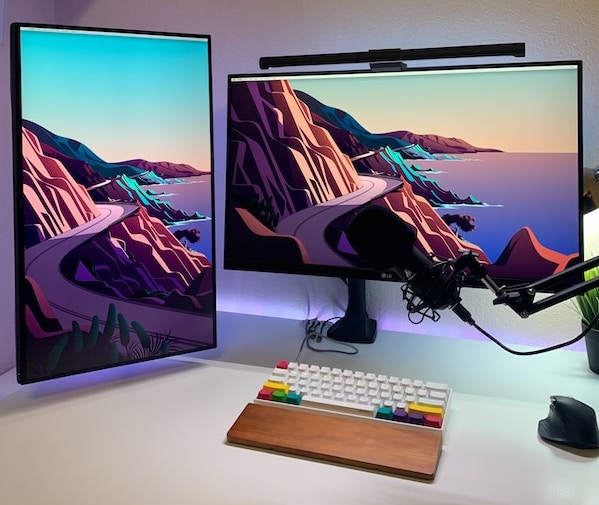Installation Instructions
- Go to the official website of The Clean Programming Language and download the Windows installer package.
- Double-click the installer package to start the installation process.
- Follow the prompts in the installation wizard to install The Clean Programming Language on your system. You may need to accept the license agreement, choose a destination folder, and select any additional components or features you want to install.
- Once the installation is complete, open the command prompt or terminal and type "clean" to verify that the installation was successful. You should see the version number of The Clean Programming Language displayed in the output.
Congratulations! You have successfully installed The Clean Programming Language on your Windows system. You can now start creating and running programs using the language.
Development environment for The Clean Programming Language
By following these steps, you can set up a development environment for The Clean Programming Language on Windows and start building your own projects using the language. Remember to consult the official documentation for more information on how to work with The Clean Programming Language and to join the community forums for help and support from other users.
- Install The Clean Programming Language : Before setting up the development environment, make sure you have installed The Clean Programming Language by following the installation instructions provided on the official website.
- Choose a Text Editor or IDE : The Clean Programming Language can be edited using any text editor or Integrated Development Environment (IDE) of your choice. Some popular options include Visual Studio Code, Notepad++, and Sublime Text.
- Set Up Your Project Directory : Create a directory on your local machine where you will store your Clean projects. This directory should contain subdirectories for each of your projects.
- Create a Build System : The Clean Programming Language can be compiled and built using a number of different build systems, such as Make, CMake, or Gradle. Choose a build system that works best for your project and set it up according to its documentation.
- Configure the Development Environment : Make sure that the text editor or IDE you are using is configured to work with The Clean Programming Language. This may include setting up the correct file extensions, enabling autocompletion, and configuring the build system to work with the language.
Comparison of The Clean Programming Language with Other Languages.
| Language Syntax | Typing | Performance | Memory Management | Libraries and Frameworks |
|---|---|---|---|---|
| Clean | Easy to read and write | Similar to Pascal or Ada | Optimized for performance | Garbage collection |
| Java | Similar to C++ or C# | Strong static typing | Good performance | Garbage collection |
| Python | Easy to read and write | Dynamic typing | Slower than some other languages | Automatic memory management |
| C++ | Complex and verbose | Strong static typing | Extremely fast and efficient | Manual memory management |
